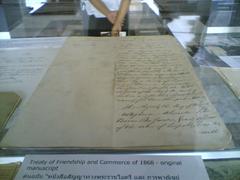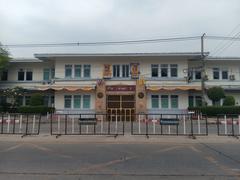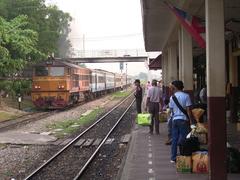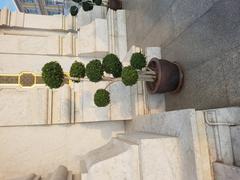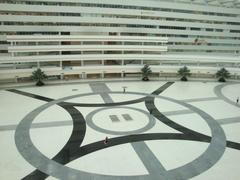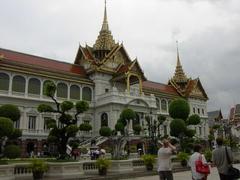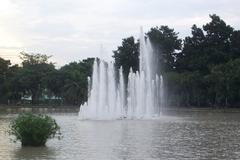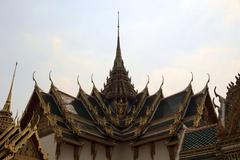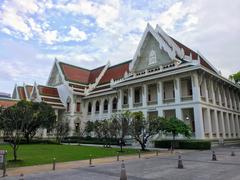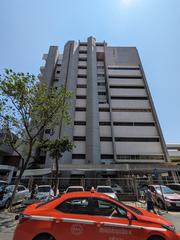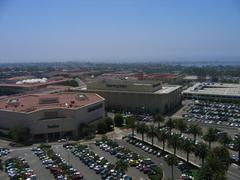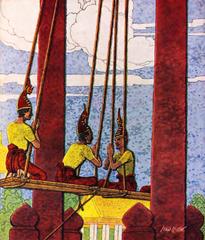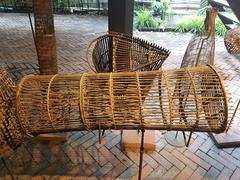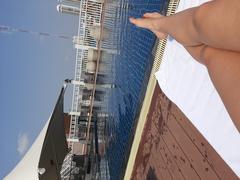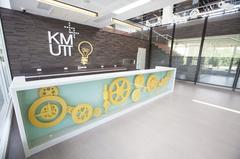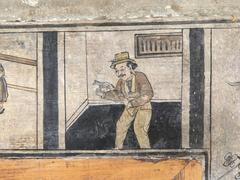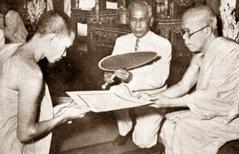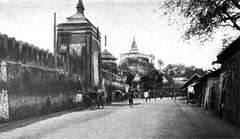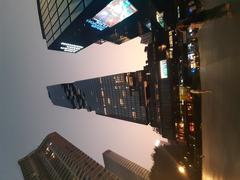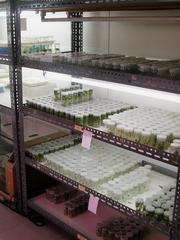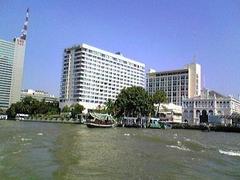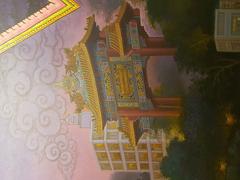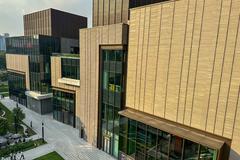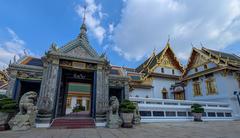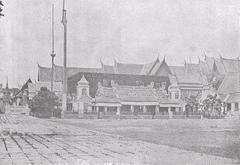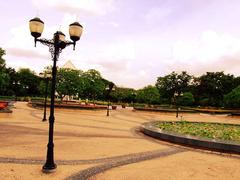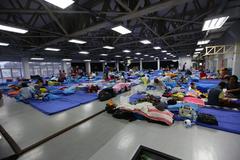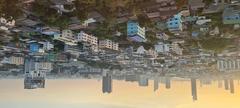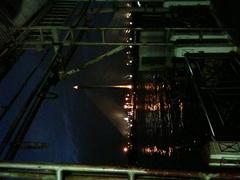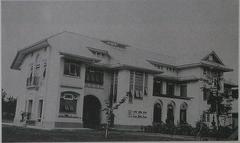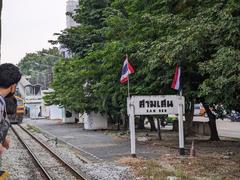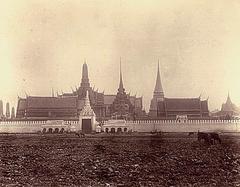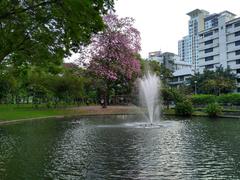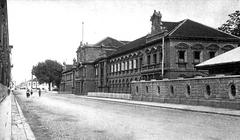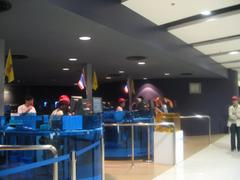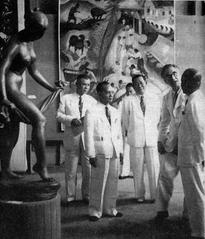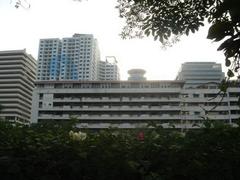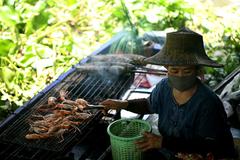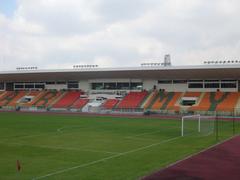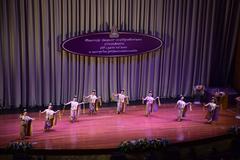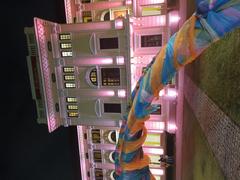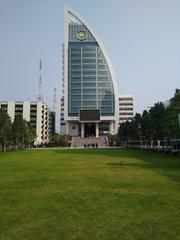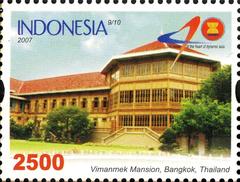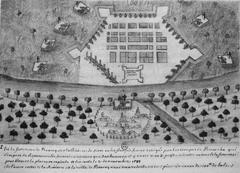Khlong Maha Sawat Visiting Hours, Tickets, and Bangkok Historical Sites Guide
Date: 03/07/2025
Introduction
Nestled on the western outskirts of Bangkok, Khlong Maha Sawat stands as a living testament to Thailand’s rich history, vibrant culture, and enduring agricultural heritage. Constructed during the reign of King Rama IV in the mid-19th century, this historic canal was designed to serve multiple pivotal roles—from facilitating pilgrimages to Phra Pathom Chedi, the world’s tallest Buddhist stupa, to opening vast tracts of fertile land for rice cultivation, lotus farming, and orchid plantations. Today, Khlong Maha Sawat is not only a functional waterway but also a heritage site that offers visitors immersive experiences in traditional Thai rural life and agro-tourism.
Whether you’re seeking to explore Bangkok’s historical sites, partake in hands-on agricultural activities, or enjoy a peaceful escape from urban life, Khlong Maha Sawat delivers an authentic and enriching experience. This comprehensive guide covers visiting hours, ticketing options, accessibility, transportation, nearby attractions, and practical travel tips to help you make the most of your visit.
(Wikiwand, Tourism Thailand, mahasawat.com, thaipoi.com)
Historical Overview
Origins and Construction
Khlong Maha Sawat (คลองมหาสวัสดิ์) was constructed between 1859 and 1860, under the reign of King Rama IV (King Mongkut), as part of a national effort to modernize Siamese infrastructure. Supervised by Somdej Chao Phraya Maha Prayoonrawong and Chao Phraya Thipakornwong Maha Kosathibodi (Kham Bunnag), and built primarily by Chinese laborers, the canal connected the Bangkok Noi Canal to the Tha Chin River (Nakhon Chaisi), creating a crucial waterway for trade, pilgrimage, and agriculture. The project cost approximately 80,000 baht, a substantial sum at the time, and opened up nearly 20,000 rai (32 sq km) of farmland for cultivation.
(Wikiwand; mahasawat.com)
Religious and Cultural Significance
The canal’s strategic position facilitated religious pilgrimages to Phra Pathom Chedi and supported the restoration of this major Buddhist stupa. Its role in connecting rural communities with significant religious and urban centers fostered a unique blend of spiritual, agricultural, and cultural practices still evident today.
(Wikiwand)
Agricultural Transformation
Khlong Maha Sawat revolutionized the region’s agriculture. Its waters irrigated rice paddies, fruit orchards, and lotus ponds, later supporting extensive orchid farming. The canal’s design—at 14 meters wide, the broadest of its era—enabled efficient transportation of agricultural goods and people, fueling the area’s economic growth.
(Tourism Thailand, TAT News)
Community and Heritage Recognition
Vibrant canal-side communities flourished, characterized by traditional wooden homes, floating markets, and Buddhist temples. In recognition of its legacy, the Fine Arts Department of Thailand designated Khlong Maha Sawat as a national heritage site, ensuring its preservation for future generations.
(TAT News, Wikiwand)
Contemporary Challenges
Recent urban development, such as the controversial low bridge constructed in 2020, has posed challenges to boat navigation and tourism. Nonetheless, community-based tourism initiatives and governmental support strive to balance modernization with cultural and ecological preservation.
(Wikiwand)
Visiting Khlong Maha Sawat
Location & Getting There
Khlong Maha Sawat is situated in the Taling Chan District of Bangkok, bordering Nakhon Pathom Province. The canal is easily accessible by:
- Train: Direct trains run between SRT Khlong Maha Sawat and SRT Thon Buri stations in Bangkok, with the journey taking about 17 minutes.
(Rome2Rio) - Bus: Thai Smile Bus operates frequent services between Salaya (near the canal) and central Bangkok.
(Rome2Rio) - Taxi/Ride-Hailing: Taxis and apps like Grab are widely available, with the journey from central Bangkok taking 30–40 minutes.
- Private Car: Ample parking is available at most sites along the canal.
Visiting Hours
- General Canal Area: Open daily from 6:00 AM to 6:00 PM.
- Boat Tours & Attractions: Operate from 8:00 AM to 5:00 PM (last departures usually by 4:00 PM).
- Best Time to Visit: Early mornings and late afternoons, especially during the cooler months (November–February), offer the most pleasant experience.
Tickets & Costs
- Entry: Free for general access along the canal.
- Boat Tours: Private boats generally cost 350 Baht (up to 6 people), plus a 70 Baht per-person admission fee. Group and guided tours may have different rates depending on the itinerary.
- Farm Visits & Activities: Some farms and craft workshops charge entrance or participation fees (typically 100–300 Baht).
Accessibility
- Mobility: Canal-side walkways and farms may have uneven surfaces; accessibility for visitors with disabilities is limited. Some boat operators offer assistance—contact ahead to arrange support.
- Languages: Tours are commonly conducted in English and Thai.
Things to Do & Top Attractions
Canal Cruises & Boat Experiences
Board a longtail or paddleboat for a guided tour through Khlong Maha Sawat. Standard tours last 2–4 hours, taking you past lotus ponds, rice fields, and traditional villages. Some segments switch to paddleboats for closer exploration of lotus fields.
(thaipoi.com)
Lotus Harvesting
Visit expansive lotus fields where you can observe or participate in traditional lotus flower harvesting—an activity deeply tied to local Buddhist customs.
(thaipoi.com)
Orchard & Farm Tours
Explore mixed-cultivation orchards with pomelos, bananas, jackfruits, and rice. Many tours include tastings of seasonal fruits and stops at community-run snack factories.
(thaipoi.com)
Orchid Farms
Discover Thailand’s global reputation for orchid cultivation, tour local farms, and purchase orchids at attractive prices. Learn about propagation and care directly from growers.
(thaipoi.com)
Community & Cultural Experiences
Meet the Maha Sawat Agriculturists’ Housewives Group and observe the making of salted eggs and traditional rice snacks. Interact with artisans and gain insights into rural Thai life.
(thaipoi.com)
Culinary Experiences
Enjoy authentic Thai cuisine at farm cafés and local restaurants, featuring fresh ingredients sourced from the area.
(veronikasadventure.com)
Temples & Heritage Sites
Visit Wat Phra Pathom Chedi (the world’s tallest stupa), Wat Suwannaram, and other historic temples along the canal.
(Tourism Thailand)
Travel Tips
- Dress Code: Wear modest, comfortable clothing suitable for outdoor activities and temple visits.
- Essentials: Bring sun protection, insect repellent, and a reusable water bottle.
- Payments: Carry small bills in Thai Baht for purchases at markets and tipping.
- Peak Seasons: Book tours in advance during weekends and Thai holidays.
- Local Phrases: Learning a few Thai greetings can enhance your experience.
(Fodor’s)
Transport Within Bangkok
- BTS Skytrain/MRT: The fastest way to navigate central Bangkok, operating from 6:00 AM to midnight.
- Boats, Buses, Tuk Tuks: Ideal for local travel and exploring riverside attractions.
(Bangkok Tourism Guide)
Visual Gallery
- Khlong Maha Sawat canal with lotus fields and traditional boats.
- Rice fields irrigated by Khlong Maha Sawat.
- Harvesting lotus flowers on Khlong Maha Sawat.
- Ayutthaya-era murals at Wat Suwannaram.
Frequently Asked Questions (FAQ)
Q: What are the visiting hours for Khlong Maha Sawat?
A: The canal and its attractions are generally open from 6:00 AM to 6:00 PM. Boat tours and farm visits operate 8:00 AM–5:00 PM.
Q: How do I book a boat or farm tour?
A: Tours can be booked online, through local agencies, or at the pier. Advance booking is recommended, especially on weekends.
Q: Are tours available in English?
A: Yes, most community and private tours offer English-speaking guides.
Q: Is it family-friendly?
A: Yes, most activities are suitable for families and small groups.
Q: How accessible is the area for those with mobility challenges?
A: Accessibility is limited in some rural and boat areas; contact tour operators in advance for assistance.
Q: What are the best nearby attractions?
A: Phra Pathom Chedi, Wat Suwannaram, Salaya Floating Market, and canal-side villages.
Additional Resources & Transportation Links
- Rome2Rio: Transportation Guide
- Moovit: Real-time Transit Schedules
- Bangkok Tourism Guide
- mahasawat.com: Official Agritourism Site
Summary
Khlong Maha Sawat represents a harmonious blend of historical significance, cultural richness, and agricultural vitality. From its origins as a visionary infrastructure project under King Rama IV to its current role as an agro-tourism hub, the canal offers a deeply authentic Thai experience. Whether cruising through lotus fields, exploring community farms, or engaging with local traditions, visitors gain unique insights into Bangkok’s rural heritage. With flexible visiting hours, affordable tour options, and accessible transport, Khlong Maha Sawat is an attractive destination for families, cultural explorers, and eco-tourists alike.
(Wikiwand, Our Magical Thailand, veronikasadventure.com, Rome2Rio)
References
- Maha Sawat Canal, Wikiwand
- 10 Things to Do in Nakhon Pathom, Tourism Thailand
- Agro-Tourism and Thainess on Khlong Mahasawat, TAT News
- History of Khlong Maha Sawat, mahasawat.com
- The Mahasawat Canal in Bangkok, Sawadiscovery
- Thailand’s Traditional Agriculture: Visiting a Scenic Canal, thaipoi.com
- From Bangkok Mahasawat Canal and Farm with Lunch, veronikasadventure.com
- Rome2Rio: Discovering Khlong Maha Sawat
For more travel inspiration and practical guides, download the Audiala app, follow us on social media, and explore our in-depth articles on Bangkok’s hidden gems and Thailand’s cultural treasures.
